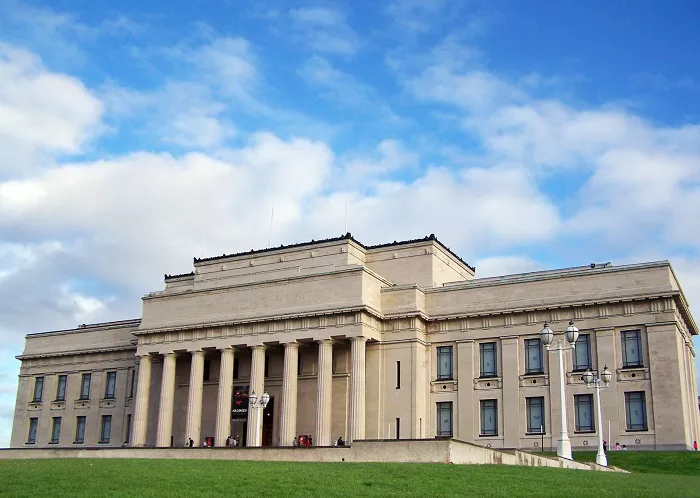AUCKLAND, New Zealand — The Auckland War Memorial Museum, a major cultural landmark and one of New Zealand’s most visited attractions, has remained closed to the public for over a week following the discovery of asbestos dust within its premises.
Asbestos was initially detected on 10 May in Te Marae Ātea Māori Court and the Pacific Galleries. Subsequent testing revealed contamination in the Grand Foyer — a key evacuation route — prompting the immediate closure of the entire facility.
The museum, which typically generates more than $2,500 daily from admissions, is experiencing significant financial losses during the shutdown. International adult visitors are charged a $32 entry fee, highlighting the scale of revenue being forfeited during the closure.
Museum Chief Executive David Reeves told Checkpoint that a comprehensive contamination report was received on Monday. The assessment covers over 500 individual sampling points across the expansive museum complex and will form the basis for a structured clean-up strategy.
“The contamination doesn’t appear extensive,” Reeves noted. “But any level of contamination must be addressed with the utmost seriousness.” He expressed optimism about a staged reopening “within days or weeks,” pending the finalization of a cleanup plan in consultation with a licensed asbestos removal team.
Nearly 200 air monitoring tests have been conducted around the clock since the issue emerged. According to Reeves, all readings remain within legal safety thresholds, but clearance from Fire and Emergency New Zealand is still required before reopening can begin. A revised evacuation scheme must be submitted and approved, as the previous layout is no longer viable due to the contamination of key exit routes.
“Fire and Emergency understand the urgency of the situation,” said Reeves, adding that efforts are underway to expedite the process without compromising safety.
Currently, approximately 300 museum employees remain active, with many relocated to a temporary office in Newmarket. A limited number of staff continue to work on-site to coordinate asbestos removal and maintain security. All staff members are engaged in alternative duties or training programs.
“Everyone is working,” Reeves emphasized. “Nobody is getting a holiday. But we share the public’s frustration. We want to reopen and do the work we love, but we have to do it methodically and safely. The last thing we want is to rush and end up having to close again.”
No definitive reopening date has been announced, but the museum hopes to resume partial operations soon, pending regulatory approval and the implementation of a safe and thorough decontamination plan.

